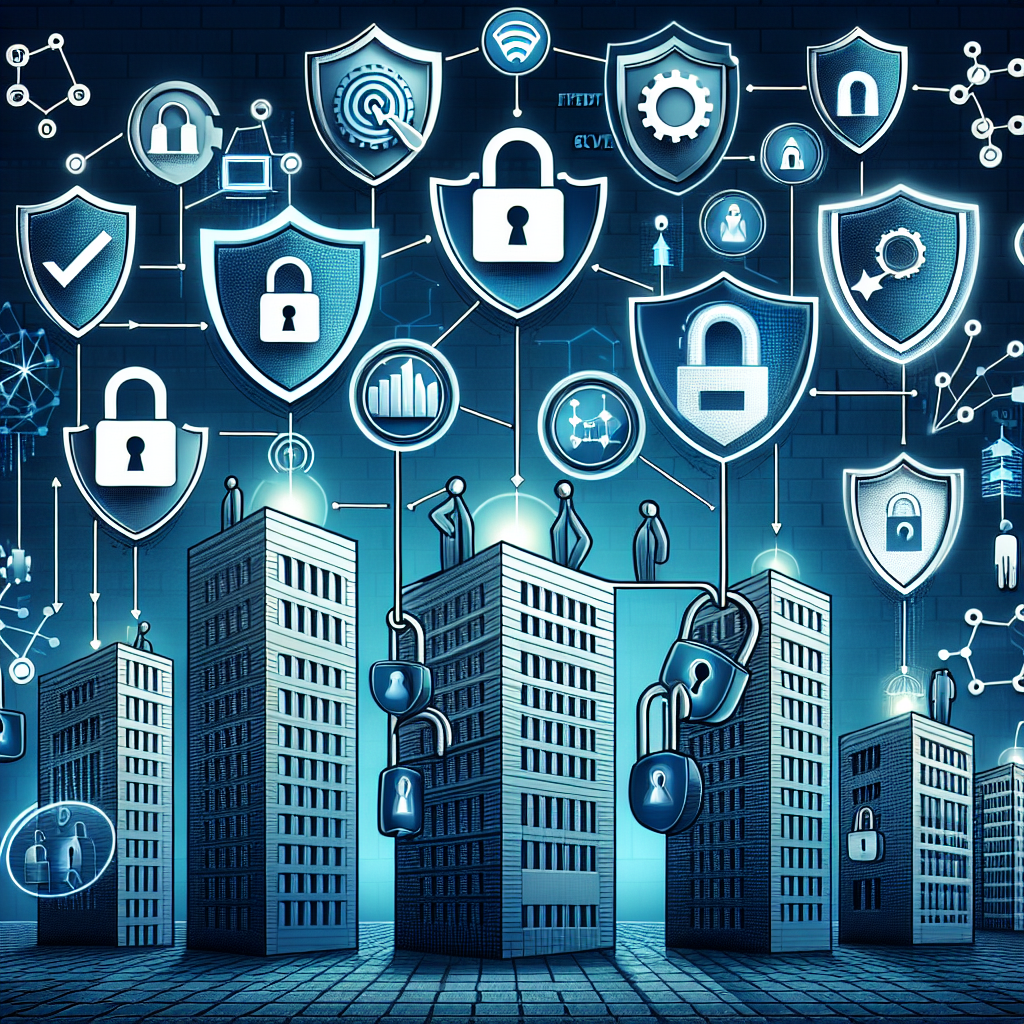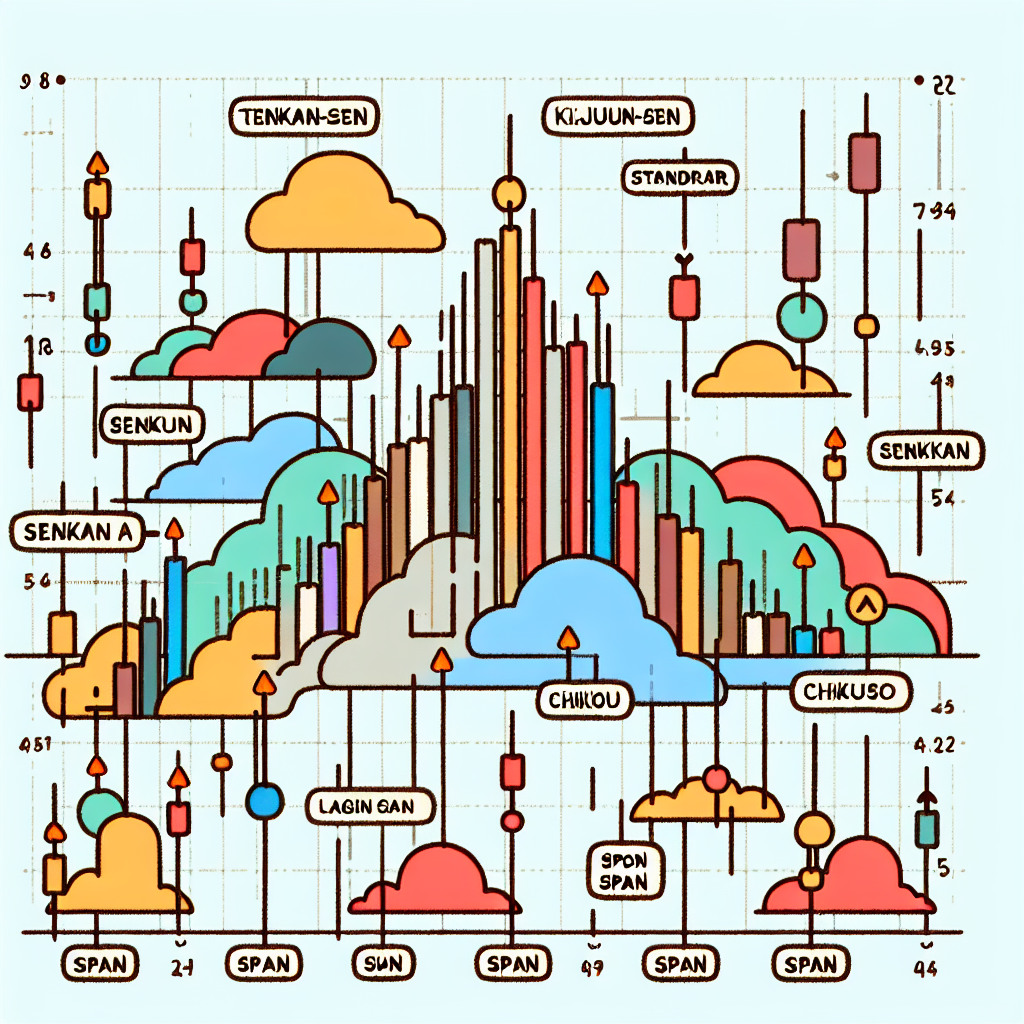
Building Blocks of Financial Literacy and Education
Understanding financial literacy and education is essential in navigating the complex world of personal finance. It provides the tools and knowledge needed to make informed and effective decisions with all of your financial resources. This article explores the critical aspects of financial literacy and how you can embark on the journey to financial education.
What is Financial Literacy?
Financial literacy refers to the set of skills and knowledge that allows an individual to make informed and effective decisions with all of their financial resources. It encompasses a broad range of financial skills and concepts, including saving, investing, budgeting, and financial planning.
The Importance of Financial Education
Financial education is the process of building the skills and knowledge necessary to achieve financial literacy. It is crucial for several reasons:
- It prepares individuals to manage their personal finances efficiently, helping to avoid debt and financial instability.
- It equips people with the skills needed to plan for the future, including retirement, education funding, and emergency savings.
- It empowers people to make informed decisions about investments and other financial opportunities that can lead to wealth generation.
Key Components of Financial Literacy
Budgeting and Expense Tracking
Understanding how to create and maintain a budget is the cornerstone of financial literacy. This involves tracking your income, expenses, and managing your cash flow to ensure you can cover your financial obligations and goals.
Saving and Investing
Knowing the importance of saving for short-term needs and investing for long-term goals is a crucial aspect of financial literacy. This includes understanding the different types of savings accounts, investment products, and the principles of compound interest.
Credit and Debt Management
Effective debt management and understanding the costs and benefits of credit are essential skills. Financial literacy educates individuals on how to use credit wisely and how to manage debt so it doesn’t become overwhelming.
Financial Planning
Creating a financial plan for your future, including setting short and long-term financial goals, is an essential part of financial literacy. This plan should account for various phases of life and potential financial needs, ensuring a balanced and secure financial life.
Steps to Improve Financial Literacy
Self-Education
Utilize resources such as books, articles, and online courses to build your financial knowledge. Many reputable financial education resources are available for free or at a low cost.
Professional Advice
Seeking advice from financial professionals can provide personalized guidance tailored to your financial situation. This can be especially helpful for complex financial planning or investment strategies.
Practical Application
Apply what you learn by making informed financial decisions and monitoring their outcomes. Real-world experience is one of the most effective ways to solidify your financial knowledge and skills.
Continuous Learning
Financial markets, products, and regulations are always changing. Staying informed through continuous learning and adapting to new information is vital for maintaining financial literacy.
Conclusion
Financial literacy and education are pivotal for navigating personal finances successfully. By understanding and applying the principles of budgeting, saving, investing, and financial planning, individuals can secure their financial future. Embracing the journey of financial literacy involves commitment, education, and practical application, but the rewards of financial independence and stability are well worth the effort.






